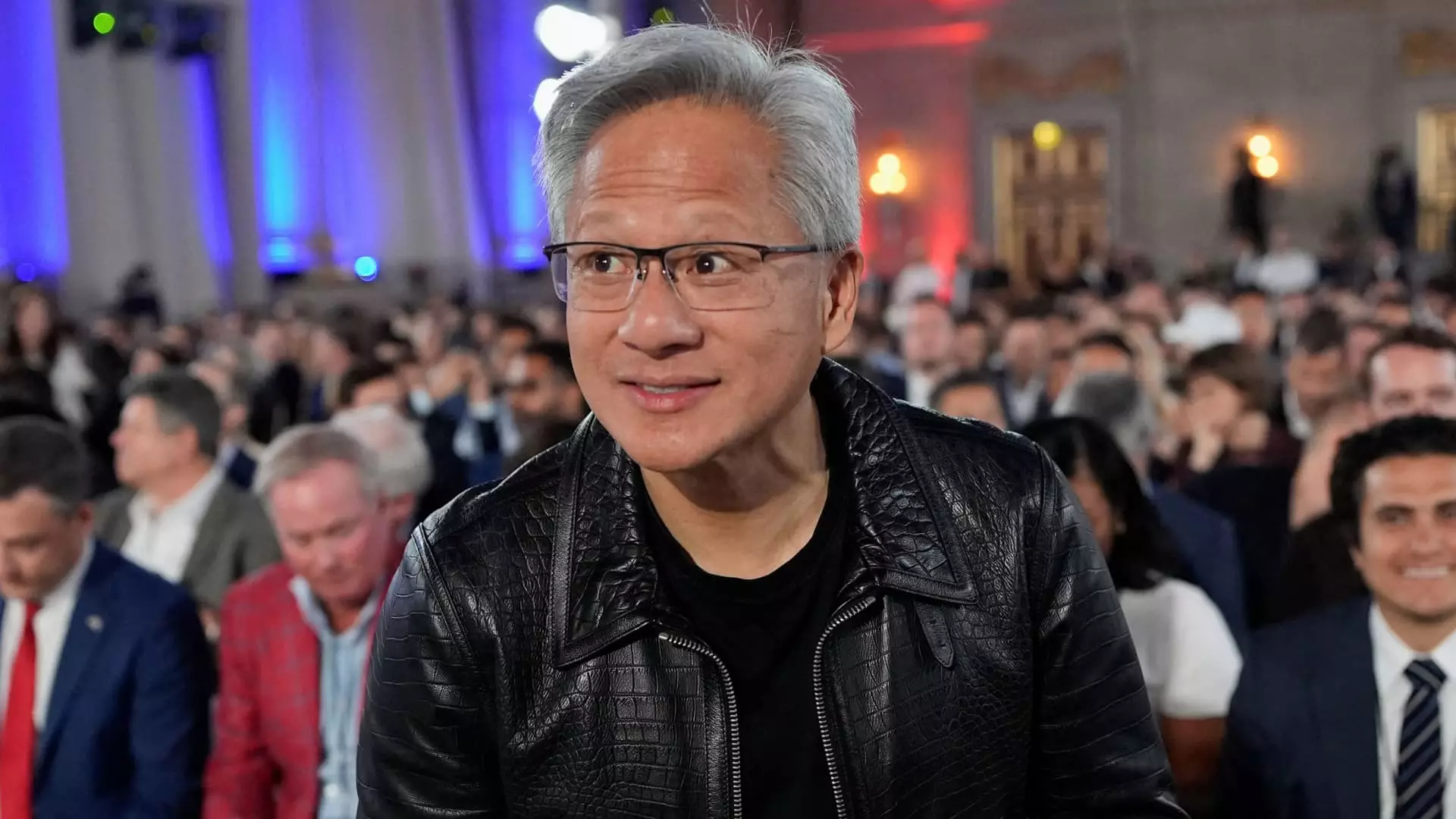Nvidia’s recent $900 million investment to acquire Enfabrica’s leadership and technology exemplifies an aggressive strategy to consolidate influence over AI hardware innovation. While this move initially appears as a prudent response to the burgeoning AI arms race led by tech giants like Meta, Google, and Microsoft, it raises uncomfortable questions about the concentration of power and the potential stifling of true innovation. Nvidia, a company historically rooted in GPU manufacturing and data center technology, is shifting from product-centric growth to an aggressive talent and intellectual property grab. This approach suggests that Nvidia perceives the current AI landscape as a game of chess, where control over proprietary infrastructure and cutting-edge design will determine supremacy.
The significance of bringing Enfabrica’s CEO Rochan Sankar and its tech into Nvidia’s ecosystem cannot be understated. While on the surface, integrating systems that unify thousands of GPUs for large-scale AI training seems a technical evolution, it also signals an underlying desire to lock in key talent and proprietary technology that could impede smaller, innovative rivals from gaining ground. Such prescriptive acquisitions serve as corporate power plays, ensuring Nvidia’s dominance is not just based on hardware, but on entrenched control over the entire AI infrastructure supply chain—sometimes at the expense of open innovation and industry diversity.
Market Dynamics and the Risks of Monopolization
Historically, the AI sector has thrived on competition, open collaboration, and a free flow of ideas. Yet Nvidia’s recent maneuvers—mirroring, but surpassing in scale, the talent raids and acquisitions by Meta, Google, and others—flag a shift towards monopolistic tendencies. Nvidia’s focus on licensing and talent acquisition moves the company away from being merely a component supplier to becoming a gatekeeper in AI hardware development. As the company invests heavily in high-stakes deals like the $5 billion stake in Intel and numerous investments in startups, a pattern emerges: one of strategic consolidation aimed at controlling multiple facets of AI infrastructure and innovation.
This aggressive expansion poses a threat to smaller firms and open-source initiatives that have historically fueled diversity and innovation. When a handful of corporations amass such power, the risk is not only the suppression of competition but also a narrowing of the technological landscape that benefits consumers and the broader industry. The potential for Nvidia’s dominance to limit access to critical AI infrastructure could slow down the ecosystem, making it harder for innovative startups, academia, and even public institutions to contribute meaningfully.
Playing at the Edge of Monopoly and Ethical Dilemmas
Critics might suggest that Nvidia’s latest investments are calculated and justified in an intensely competitive industry. Yet, such strategies evoke parallels with monopolistic practices found in other tech domains. Concentrating control over AI hardware, talent, and licensing rights could stifle the healthy, competitive environment that typically drives breakthroughs. Innovation flourishes when multiple players challenge one another, but Nvidia’s moves risk creating an environment where incumbency and control overshadow merit and creativity.
Moreover, Nvidia’s refusal to comment on this significant deal hints at a lack of transparency, raising questions about accountability in a sector that is increasingly intertwined with societal concerns around AI ethics, privacy, and bias. With such considerable sway over the foundational infrastructure of AI, Nvidia could, whether intentionally or not, influence which solutions and perspectives dominate the digital future. This raises ethical questions about concentration of power, access, and the potential for market manipulation.
The Center-Left Perspective: Bridging Innovation and Responsibility
From a center-wing liberal vantage point, Nvidia’s aggressive acquisition strategy warrants skepticism. While recognizing the importance of technological leadership, it’s crucial to advocate for policies that promote equitable access and prevent monopolies from hindering the broad dissemination of AI benefits. Industry should be fostering a competitive environment that encourages collaboration over consolidation—one that includes oversight to ensure that innovation is not unduly confined within corporate silos.
In this context, Nvidia’s rising dominance should serve as a wake-up call for regulators and industry leaders alike. Policies promoting open standards, transparency, and fair competition can balance the pursuit of technological excellence with societal needs for diversity and fairness. It’s not anti-competition to scrutinize and curb potential monopolistic tendencies; it’s a responsible step towards ensuring that AI development benefits everyone, not just those wielding the most power.
Ultimately, Nvidia’s recent investments and acquisitions illustrate a pivotal moment in industry history. Whether this leads to an innovation renaissance or a new era of corporate overreach depends on how the industry and regulators respond. It’s a delicate balance—one that requires vigilance, oversight, and a commitment to fostering an ecosystem where innovation serves society broadly, not just corporate interests.

